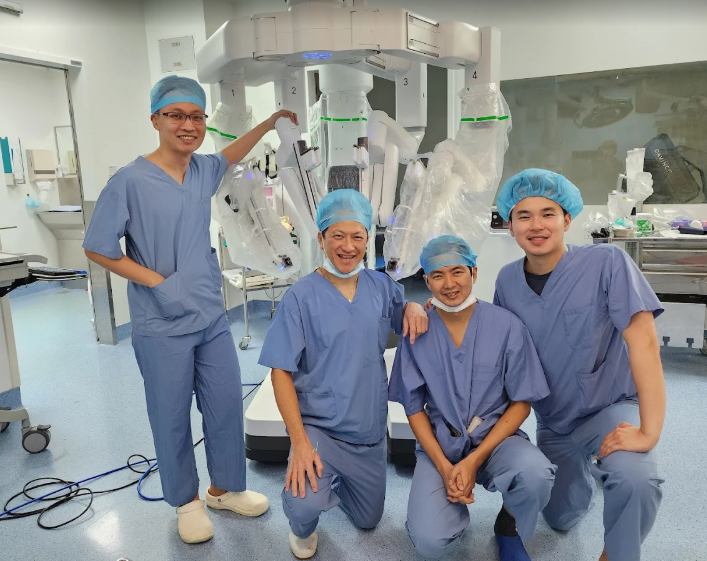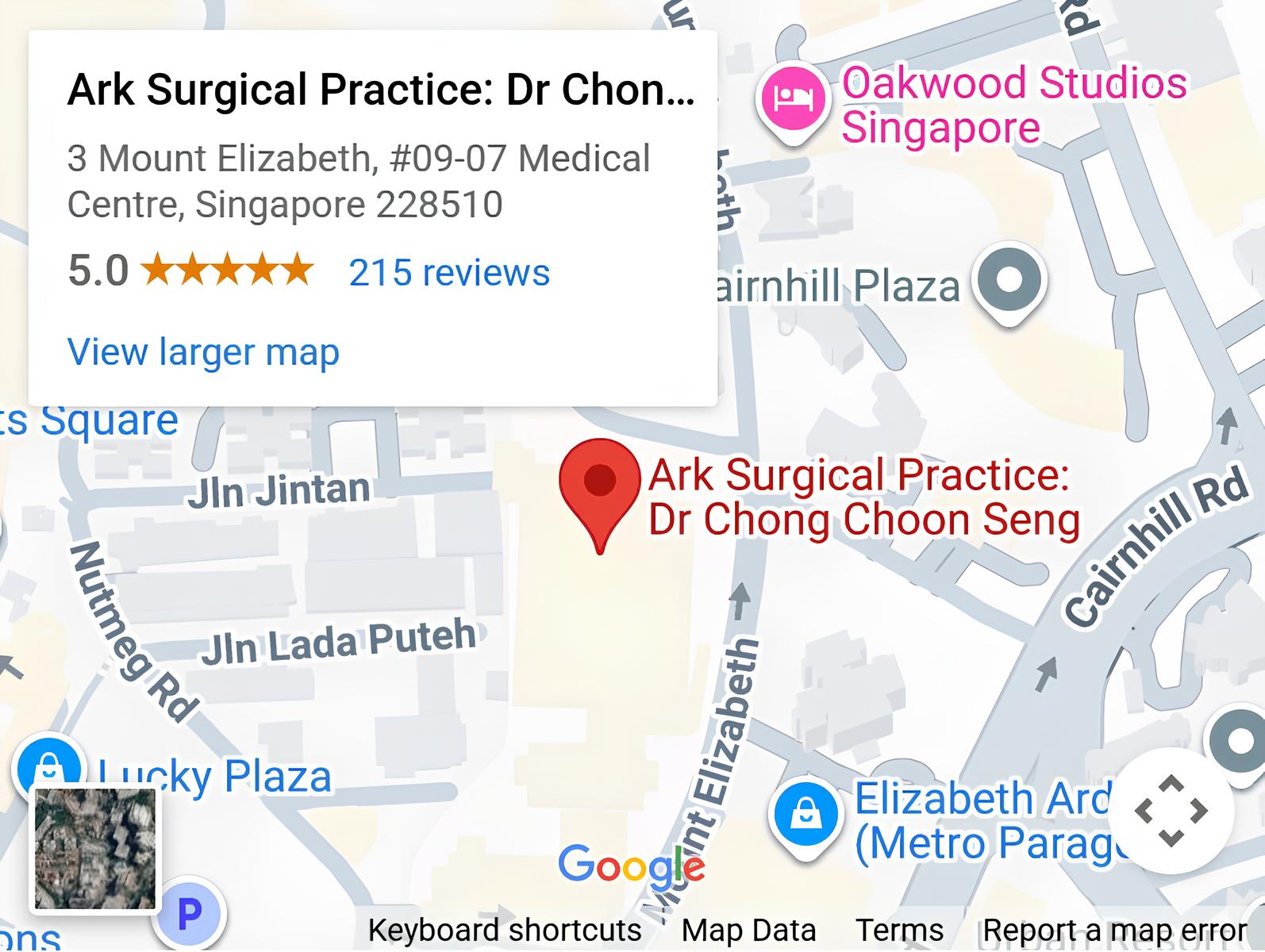Robotic surgery, also known as robot-assisted surgery, is a minimally invasive surgical technique where surgeons use specialised robotic systems to perform procedures. The surgeon controls robotic instruments from a console, translating their hand movements into precise micro-movements of surgical instruments inside the patient’s body. This approach combines the surgeon’s expertise with enhanced visualisation and instrument dexterity.
The robotic system consists of three main components: a surgeon’s console where the surgeon sits and controls the instruments, a patient-side cart with robotic arms that hold surgical instruments, and a high-definition 3D vision system. The surgeon maintains complete control throughout the procedure, with the robotic system serving as an extension of their hands. This technology allows for procedures to be performed through incisions as small as 8-12mm, compared to traditional open surgery that may require incisions of 15-20cm or more.
Robotic surgery is used across multiple surgical specialties including urology, gynaecology, general surgery, cardiothoracic surgery, and colorectal surgery. Common procedures performed robotically include prostatectomy, hysterectomy, hernia repair, gallbladder removal, and certain cardiac procedures.
























